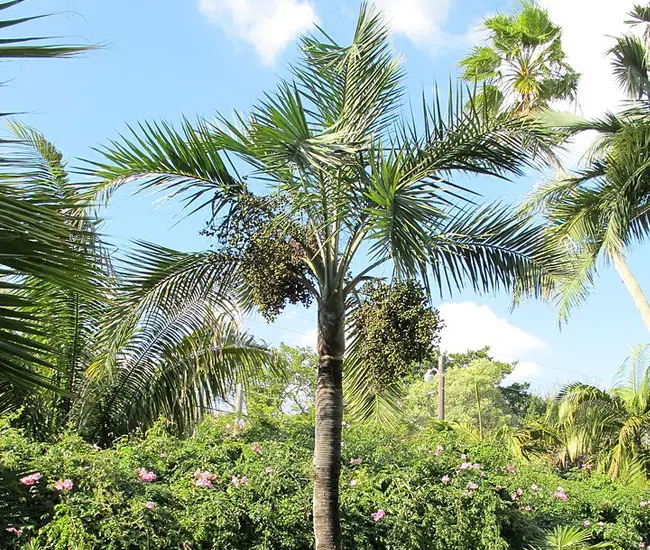
The Buccaneer Palm Tree, scientifically known as Pseudophoenix sargentii, stands as a true collector’s treasure among palm enthusiasts. This palm thrives in warm tropical climates but lacks cold hardiness.
Its native range spans South Florida, Mexico, Belize, Cuba, and the Bahamas, making it a rare gem as one of the few palm trees originating within the United States.
The Buccaneer Palm Tree boasts a self-cleaning trunk, making it remarkably easy to cultivate. This slow-growing palm, perfect for compact gardens, also adapts well to indoor or patio container cultivation.
Quick Facts:
| Scientific name: | Pseudophoenix sargentii |
| Common names: | Buccaneer Palm, Cherry Palm, Sargent’s Cherry Palm, Palma de Guinea. |
| Origin: | Native to South Florida, Mexico, Belize, Cuba and the Bahamas. |
| Growth Rate: | Slow. Up to 10 ft tall and 10 ft wide. |
| Cold Tolerance: | USDA Zones 10b (35 – 40 F) to 11 (above 40 F) |
| Light Req: | Full sun to Partial shade. |
| Water Req: | Moderate. Drought tolerant. |
| Soil Req: | Widely adaptable. |
| Fruit: | Red. Not edible. |
| Propagation: | Seeds, germinating in 2-3 months. |
Distinctive Features of the Buccaneer Palm
Characterized by a solitary, smooth gray trunk adorned with scars from shed fronds, the trunk notably lacks a crownshaft. At its zenith, a lush canopy of dark green, pinnate-shaped leaves extends, with each leaf reaching approximately 10 feet in length.
Flowers and Fruits of the Buccaneer Palm
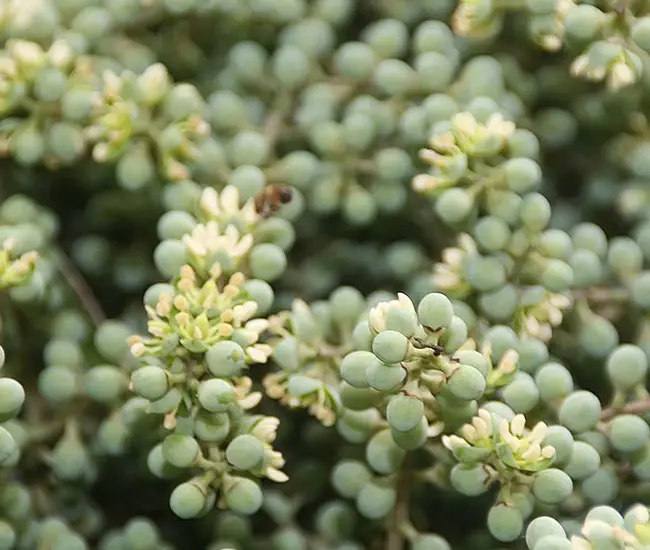
During the late summer months, the Buccaneer Palm graces us with small, yellow flowers, gracefully arranged on branched inflorescences. These blooms give way to green, berry-like fruits that transition to a vibrant red when fully ripe.
Each fruit measures approximately 1/5 inch in diameter, presenting a pleasingly round appearance.
Caring for the Buccaneer Palm
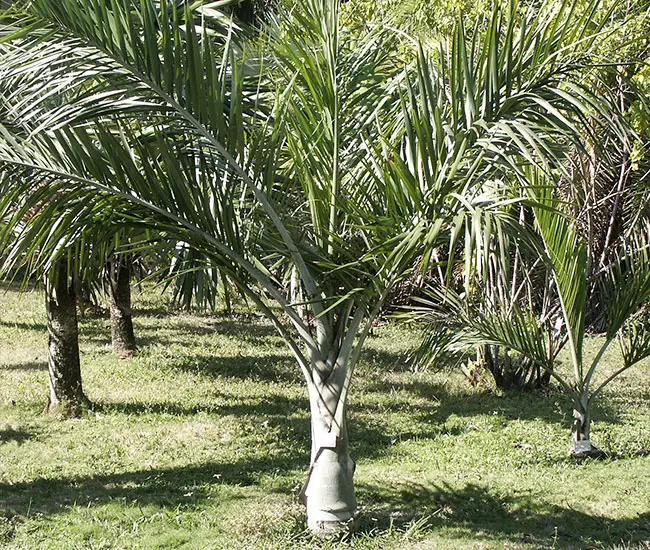
The Buccaneer Palm achieves a gradual height and width of up to 10 feet, making it relatively compact. It’s essential to note that this palm lacks cold hardiness, tolerating temperatures down to only 35°F.
It thrives best in regions encompassing USDA Zones 10b (with temperatures between 35 and 40°F) to 11 (above 40°F).
This palm flourishes in full sun or partial shade, exhibiting excellent drought tolerance while favoring consistently moist, well-drained soil.
Remarkably, it also displays remarkable salt tolerance, rendering it suitable for coastal environments.
Overall, the Buccaneer Palm proves remarkably low-maintenance. To ensure its continued vitality and lush appearance, it’s advisable to apply a high-quality palm fertilizer featuring a continuous-release formula twice a year during the growing season.
Typically, this palm presents minimal challenges and stands as an excellent choice for fuss-free cultivation.
Buccaneer Palm Pictures
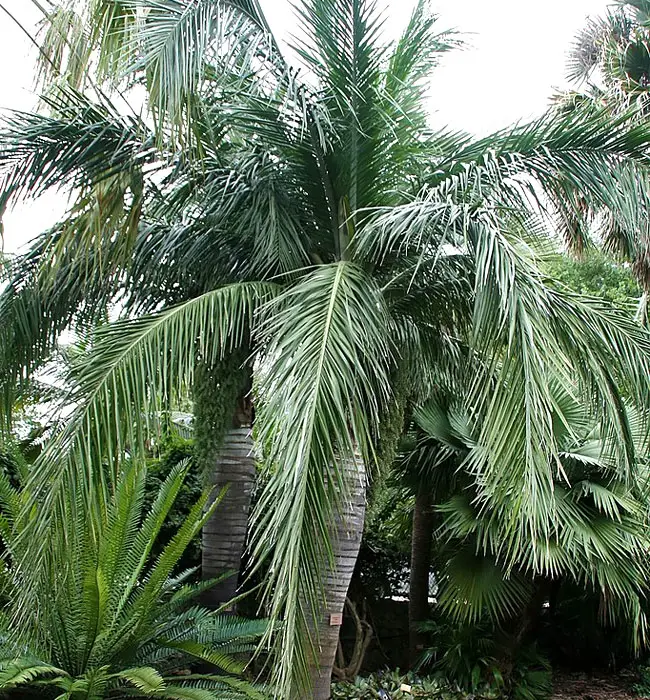
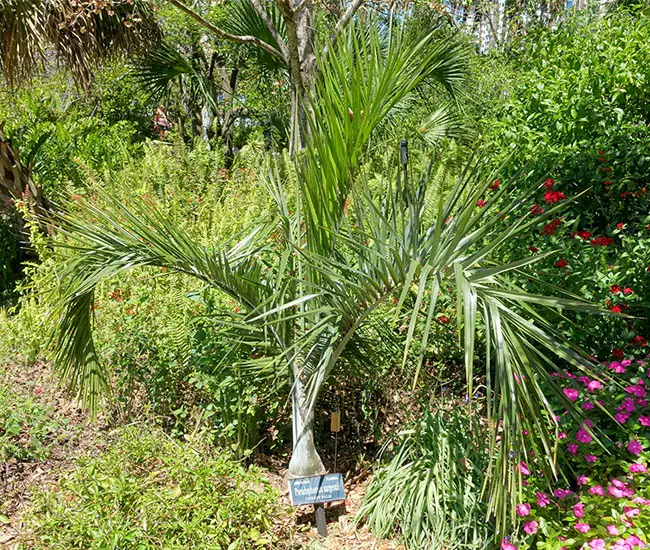
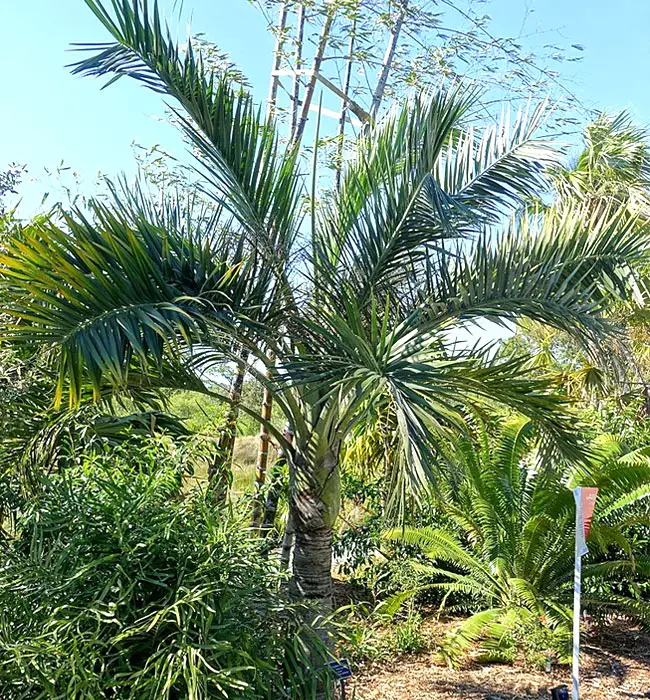
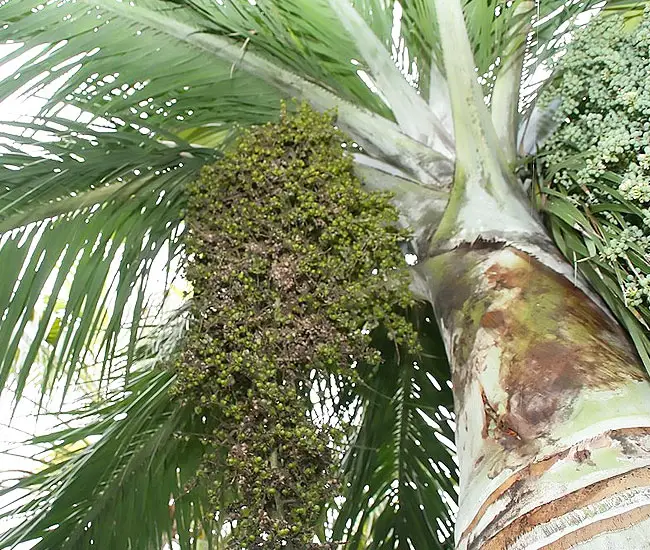
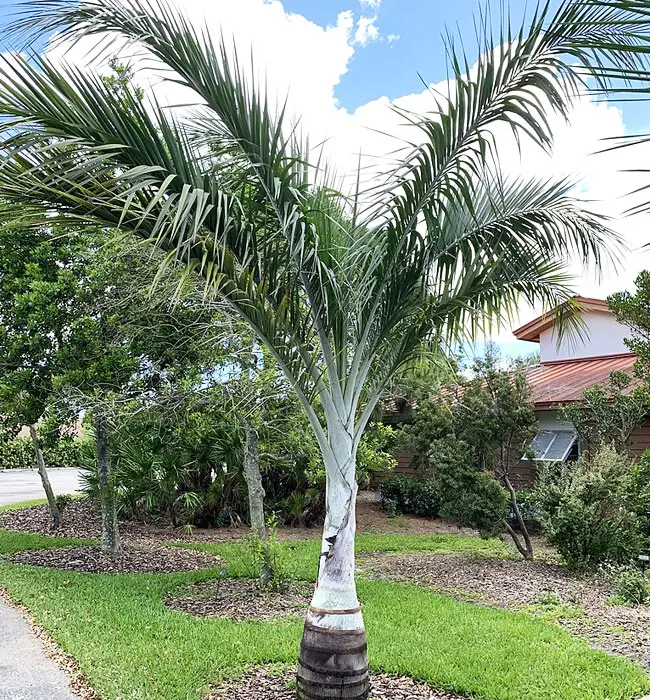
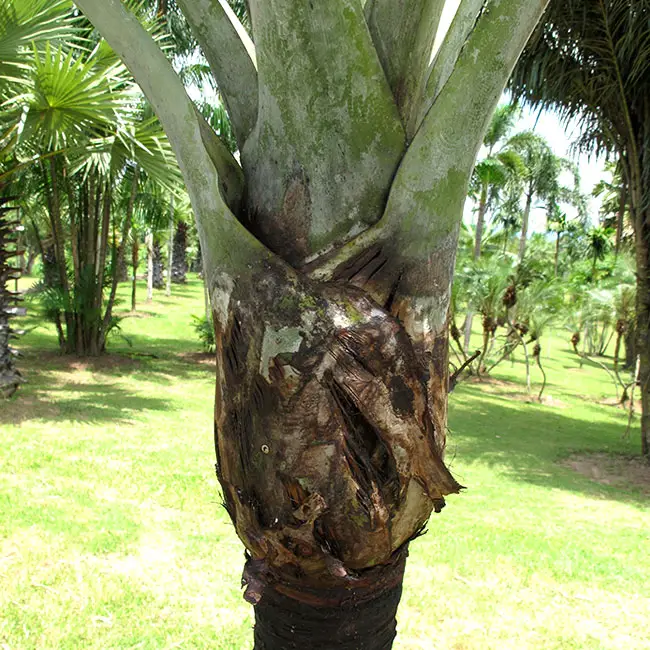
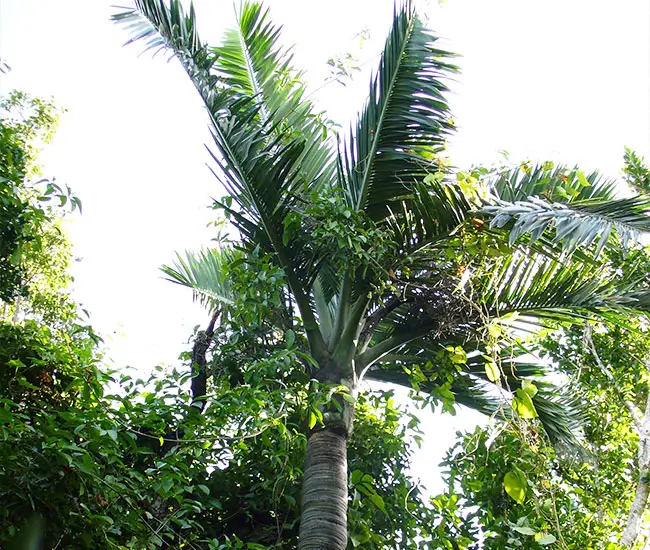
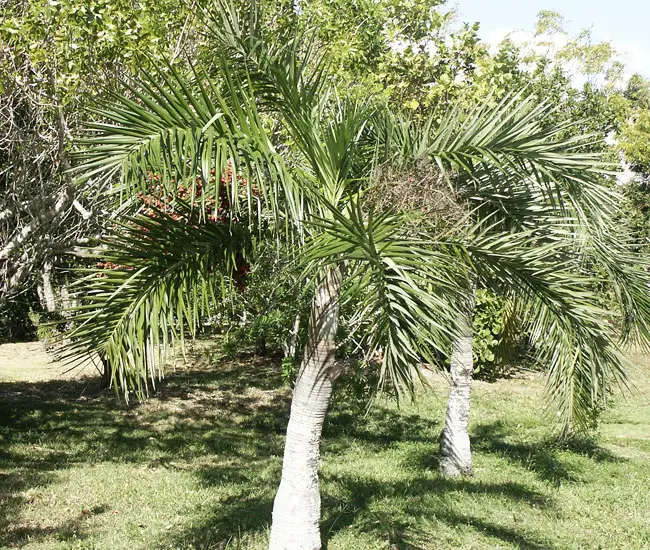

Hi, I am interested in purchasing one or two of the Buccaneer Palms. Please get back to me, I live in south florida and I would prefer to see the plant prior purchase. Thank you, the sooner the response the better it works for me at least.
i would like to know about transplanting a 16ft. buccaneer palm tree (HOW, WHEN AND WHERE) THANKS”,FRED.